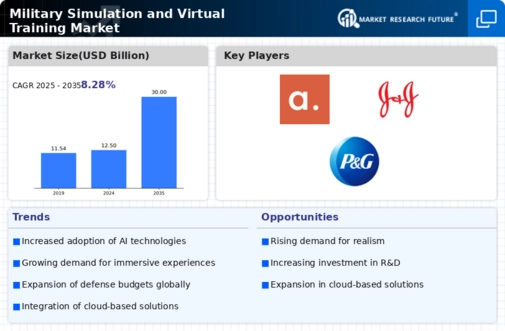Market Analysis
In-depth Analysis of Military Simulation Virtual Training Market Industry Landscape
3D-Printed UAVs: Revolutionizing Unmanned Aerial Vehicles
Unmanned Aerial Vehicles (UAVs), initially designed exclusively for military applications, have evolved into indispensable tools across a diverse range of industries. From fisheries to LIDAR and mapping, and even package delivery, UAVs are now integral to numerous sectors. Technological advancements have propelled UAVs into larger sizes, increased payload capacities, improved energy efficiency, and enhanced overall capabilities. Among the driving forces behind this progress, 3D printing emerges as a key contributor, playing a pivotal role in the transformation of unmanned aerial vehicles.
One of the standout advantages of 3D printing in the UAV industry lies in the unparalleled design freedom it provides. Unlike traditional manufacturing methods such as injection molding and milling, 3D printing allows for significant design flexibility. Traditional manufacturing methods often necessitate additional material for structural integrity, resulting in heavier parts. This is because certain elements require specific lines of sight and parting lines for manufacturing, imposing constraints on the design. In contrast, 3D printing enables the creation of hollow, lattice-like, and generatively designed components, eliminating the need for these constraints. The outcome is a substantial reduction in the weight of UAV components. Lighter parts translate to lighter aircraft, a critical factor in enhancing payload capacity for deliveries, reducing energy consumption, and extending flight duration without the need for frequent refueling. This weight reduction is applicable not only to UAV production but also has broader implications for the aerospace industry.
Another significant advantage of 3D printing in the UAV domain is the reduction in evaluation time and costs. Drones, which have witnessed a surge in popularity for capturing aerial images and videos, are now commonplace among consumers, especially with the rise of social media influencers. The adaptability and cost-effectiveness of 3D printing contribute to making drones more affordable for the average consumer. Rapid prototyping facilitated by 3D printing allows for quick iterations in design and production, minimizing the time and costs associated with traditional manufacturing methods. This is particularly beneficial for both enterprises and end-users, as it results in more cost-effective drone components and shorter production timelines.
The impact of 3D printing on drone parts extends across various industries, including robotics, medicine, and heavy industry, propelling advancements in the UAV market. The cost-effectiveness and accelerated production facilitated by 3D printing for drone components contribute to the growing popularity and accessibility of UAVs. As the benefits of utilizing 3D printing technology become more apparent, the demand for UAVs is expected to witness a significant uptick in the foreseeable future.
In conclusion, 3D printing emerges as a transformative force in the UAV industry, revolutionizing the design, production, and accessibility of unmanned aerial vehicles. The lightweight, cost-effective, and rapidly produced components contribute to the broader adoption of UAVs across industries and among consumers, marking a new era in unmanned aerial vehicle technology.


















Leave a Comment